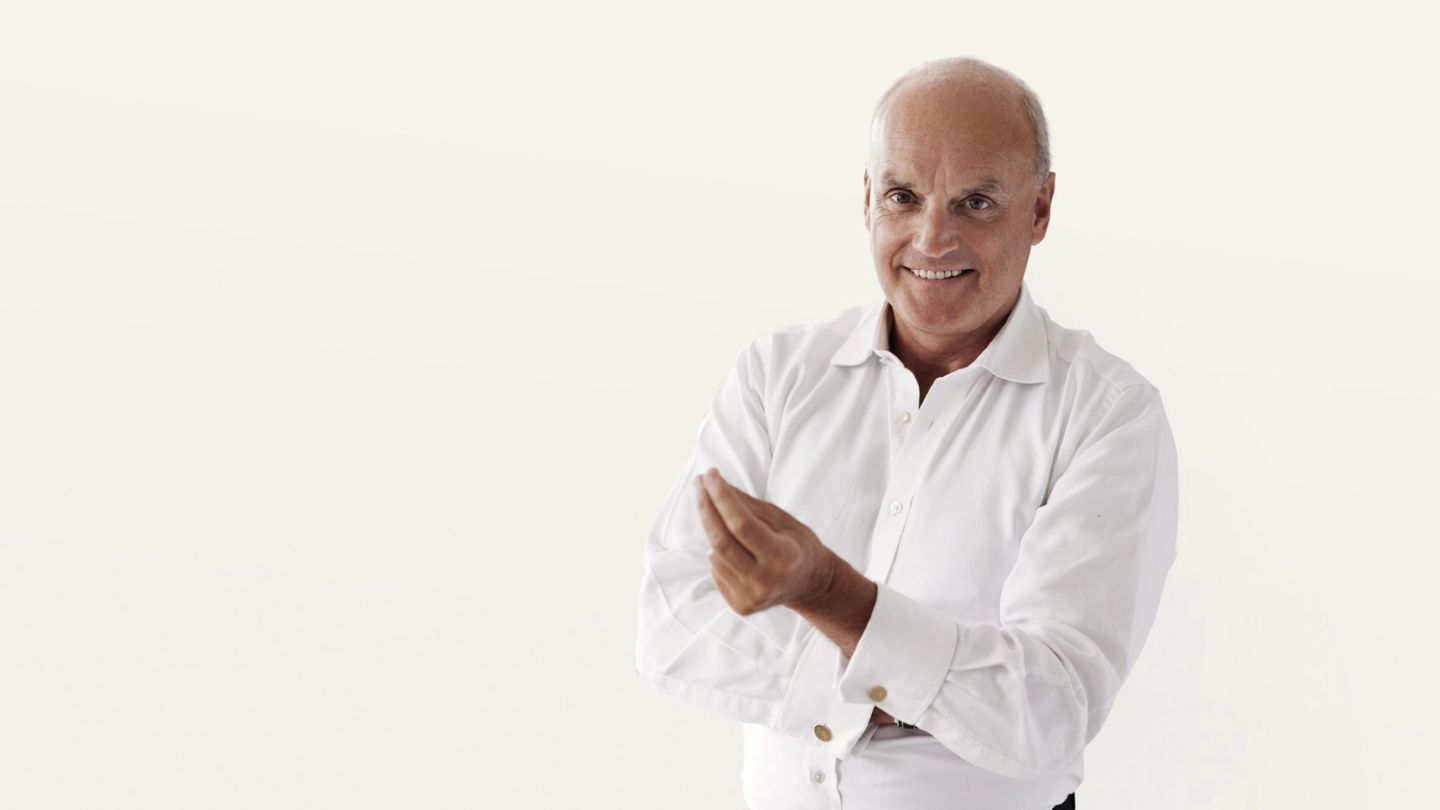

Words: Anna Galbraith
It is hard to hyperbolise the scope of Nicholas Coleridge’s influence on the art world. In his capacity as Chairman of Condé Nast Britain and the Victoria and Albert Museum, Coleridge has done more to make world-class art accessible to a mass audience than perhaps any other industry figure in living memory.
And, despite nearing 30 years in the business, Coleridge betrays no sign of fatigue. His conversation is laced with a tangible enthusiasm for the industries he works in, and his outlook for the creative arts remains unrelentingly optimistic. It is as though he is a child who has been given the keys to the candy shop, but has no interest in keeping its treasures to himself.
“I can’t walk around a museum without thinking: ‘if I was allowed to take one thing, what would it be?’”
Having studied History of Art at Cambridge (where he maintains he was “the laziest student that remarkable establishment has ever known — too busy partying, networking and having angst”), Coleridge says that his love affair with London’s world-class galleries and museums has been lifelong. “I’m one of those people who is quite inquisitive when I’m in a gallery — I can’t ever walk around one without thinking ‘if I was allowed to take one thing from here, what would I choose?’
My children and I have worked our way round most of the galleries of London playing that game.” Incidentally, his top choice remains Botticelli’s Primavera, which remains safely out of his reach in the Uffizi. “I must be one of about 10 million people who would give that answer,” he laughs.
"We strive for this balance because we are owned by the country, and we need to be appealing to the whole country...”
This relatable ‘everyman’ approach to art characterises much of Coleridge’s conversation, and swiftly dispels any notion that he is a remote establishment figurehead. In his opinion, the soaring popularity of the V&A, which welcomed a record 4.4 million visitors last year, can be chalked up to “finding the right balance between the Zeitgeisty stuff and the specialist exhibitions.”
“Shows such as the 2015 Alexander McQueen: Savage Beauty, or last year’s Frida Kahlo: Making Herself Up, are always bound to be blockbusters, and have people queueing around the block. But we also offer academic and specialist exhibitions for researchers and scholars.”
And what would he say to the cynics who feel that the V&A might be proving a little too popular? “I think they’re all rather miserable,” he laughs. “We strive for this balance because we are owned by the country, and we need to be appealing to the whole country.”
"I’m highly optimistic that people are always going to want the chance to see this stuff up close and in front of them..."
Coleridge has found a particularly good director for the V&A in the former MP Tristram Hunt. “I stole him from the frontbench of the Labour Party, and he’s proved to be a big hit.” He also remains convinced that institutions such as the V&A will only continue to rise in popularity. “I think museums and galleries provide something that is increasingly important,” he explains.
“People are living in smaller and smaller spaces, and museums are providing a gathering place for people where they can actually take a longer view. I’m highly optimistic that people are always going to want the chance to see this stuff up close and in front of them — it will never be the same from behind a screen.”
This Tastemakers interview was published in the June/July issue of Gentleman’s Journal. Get your copy here…


